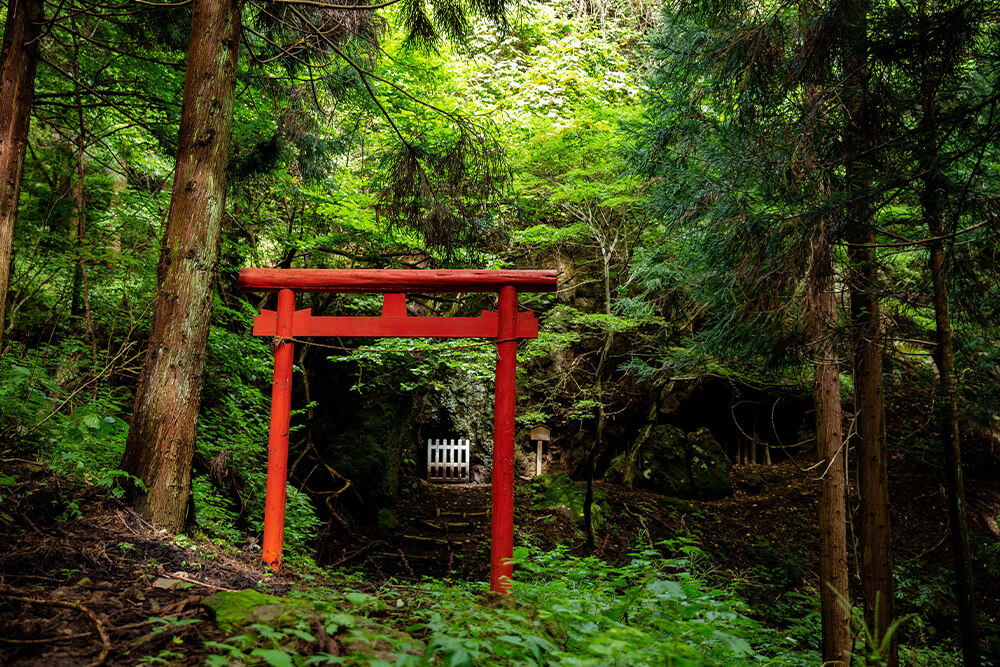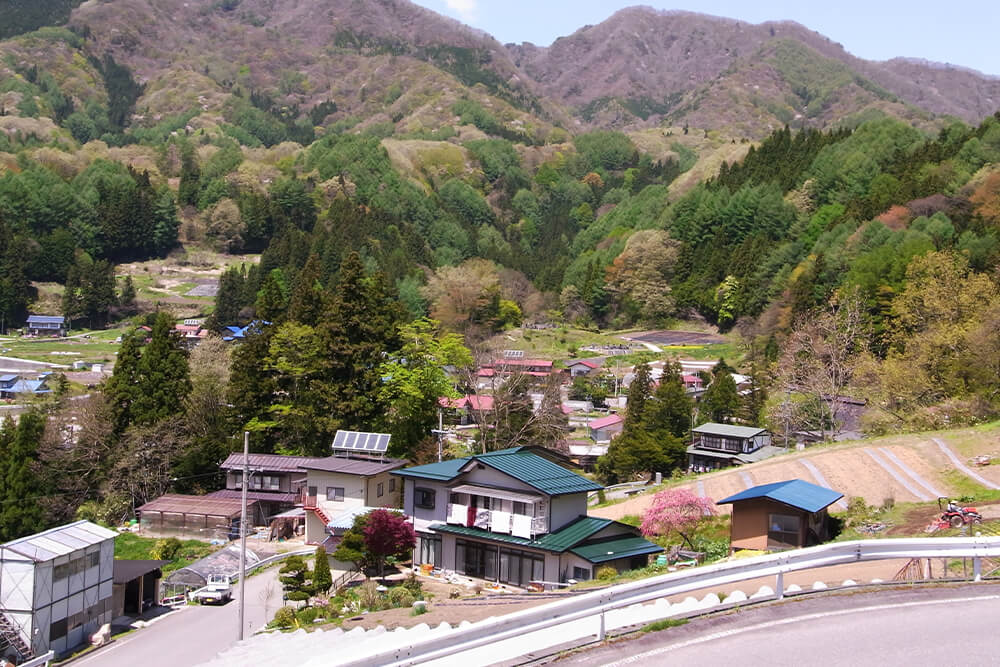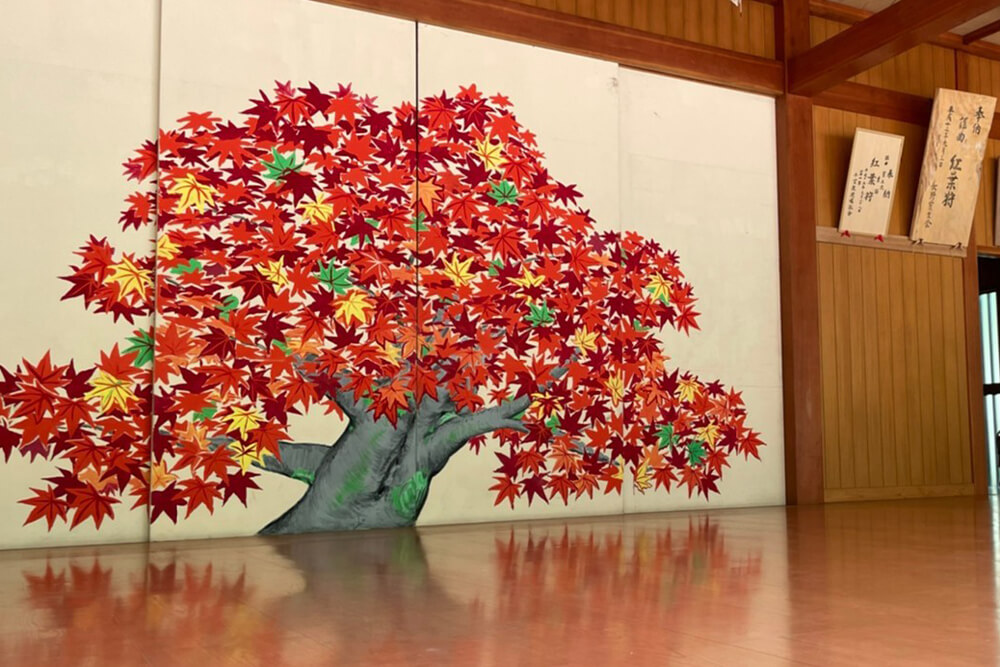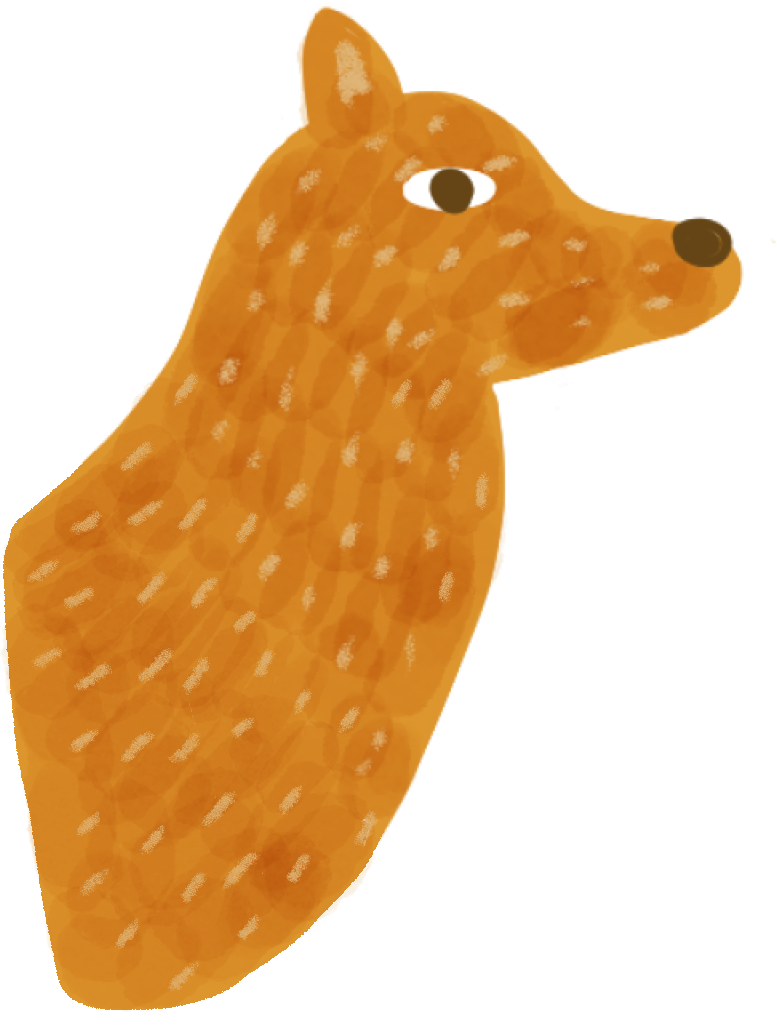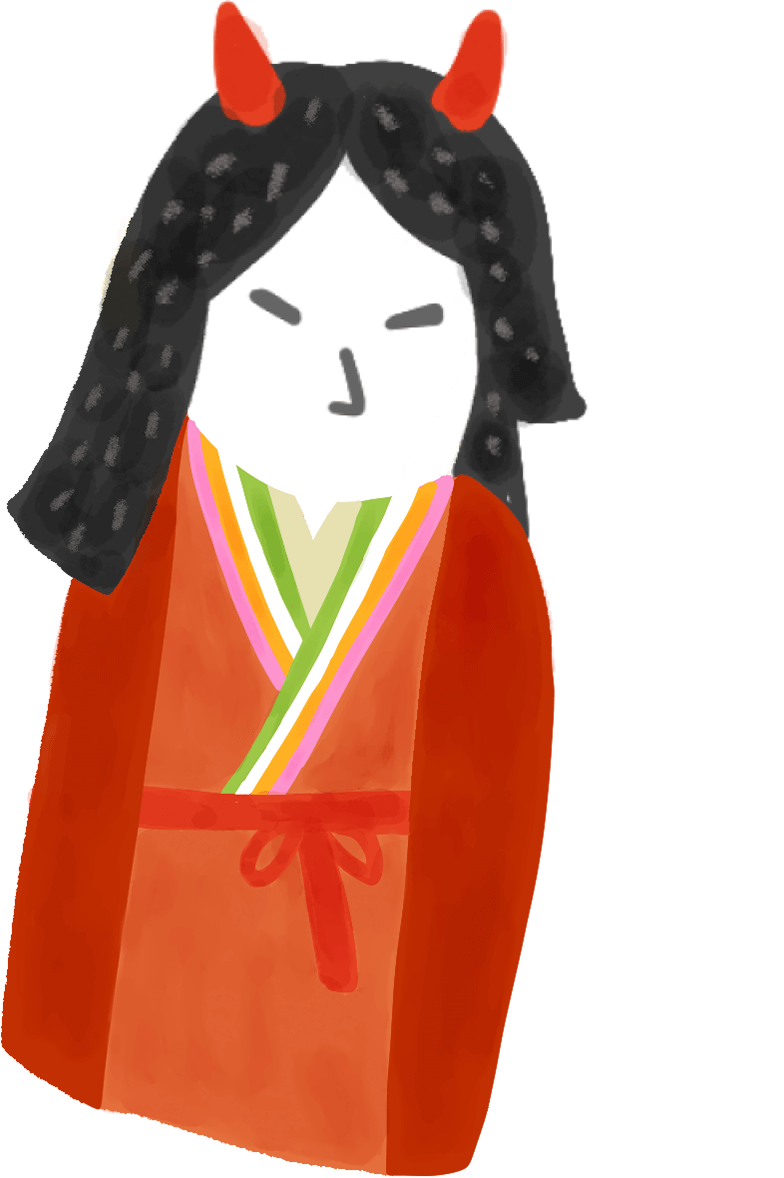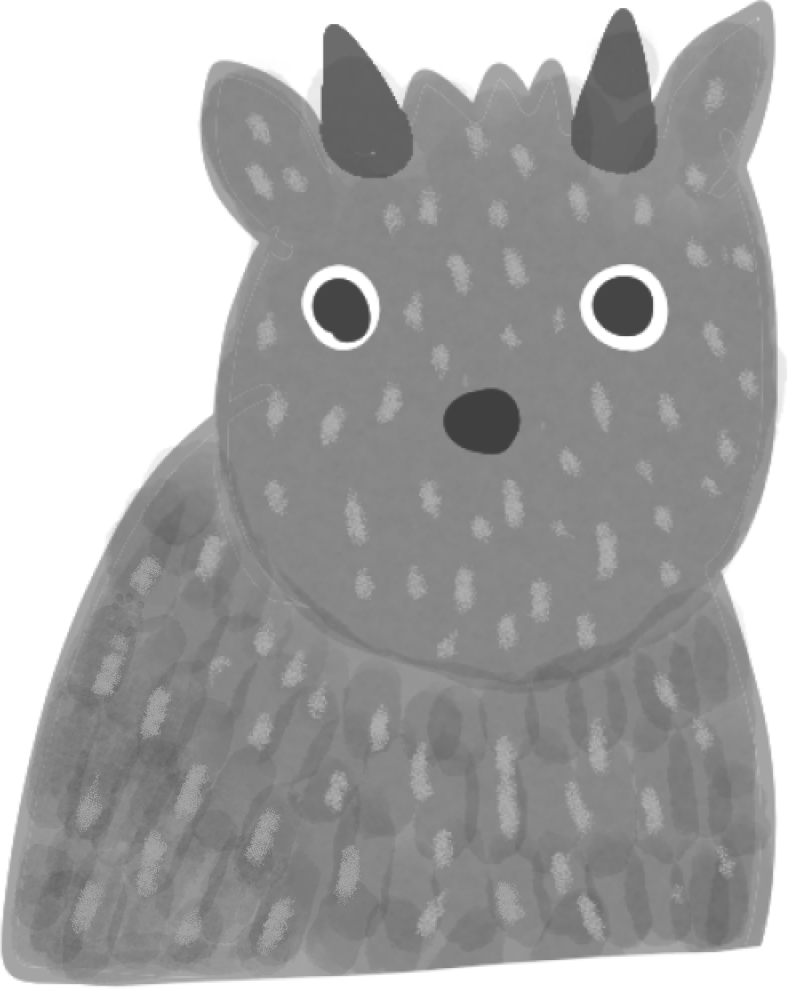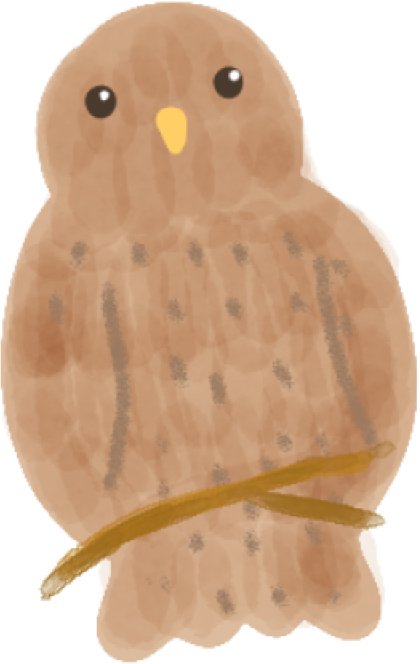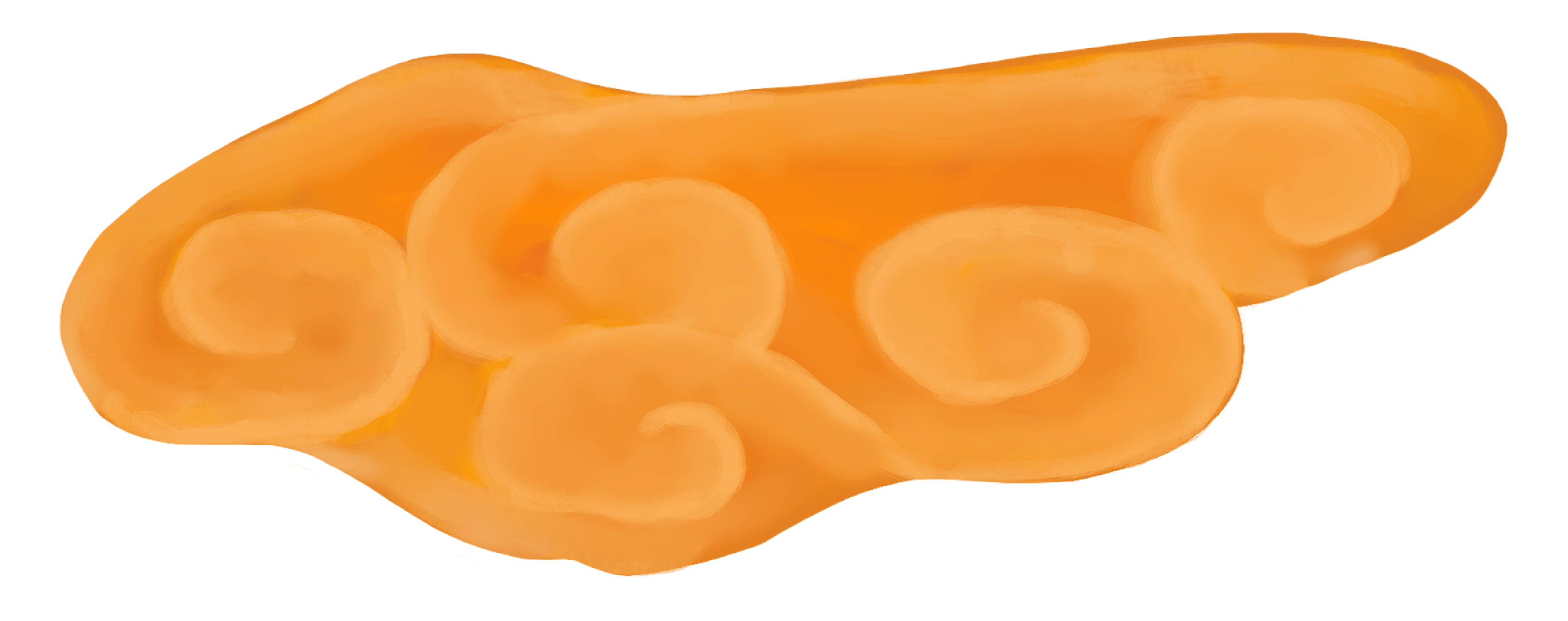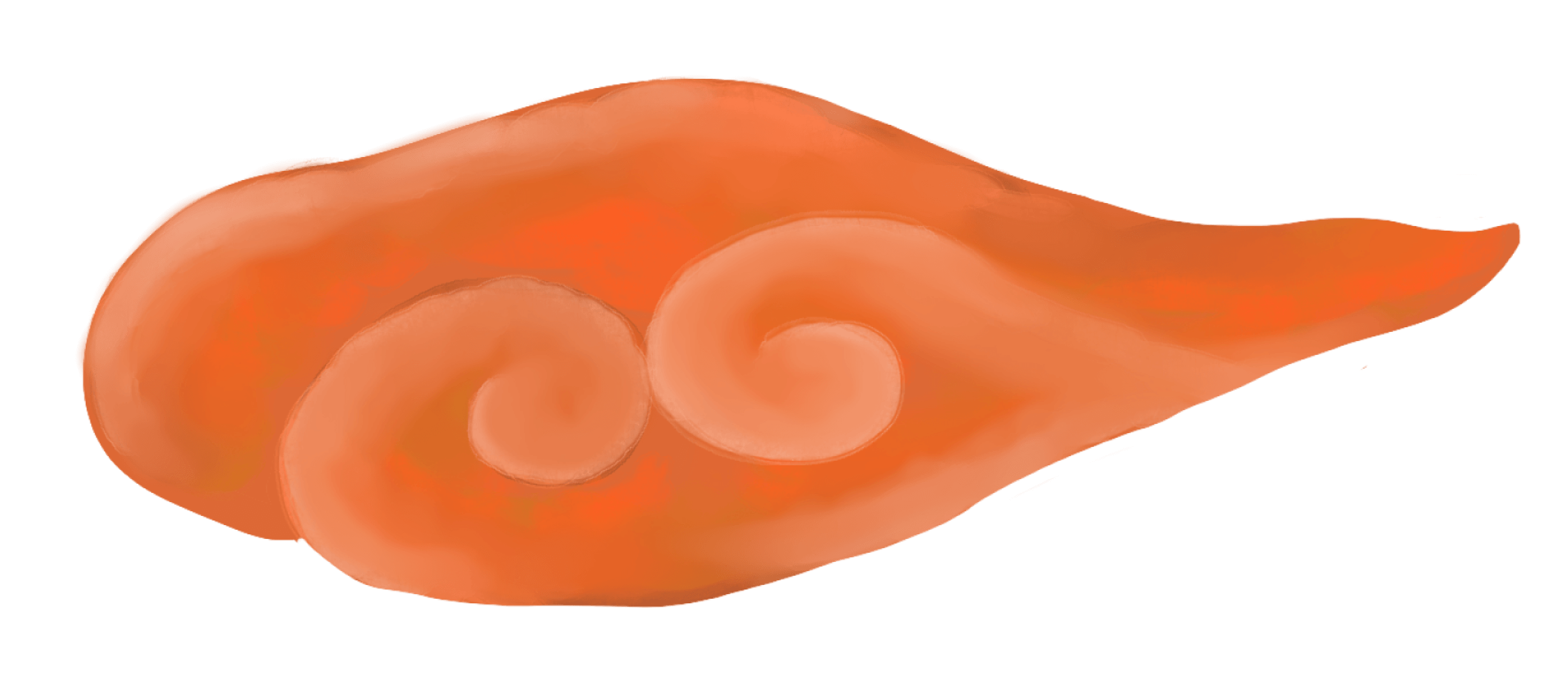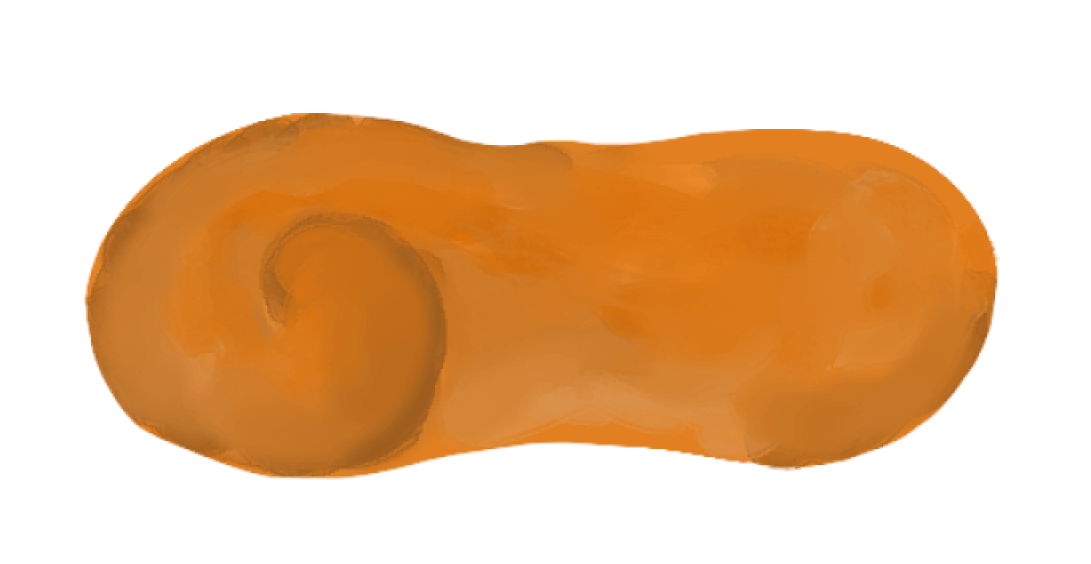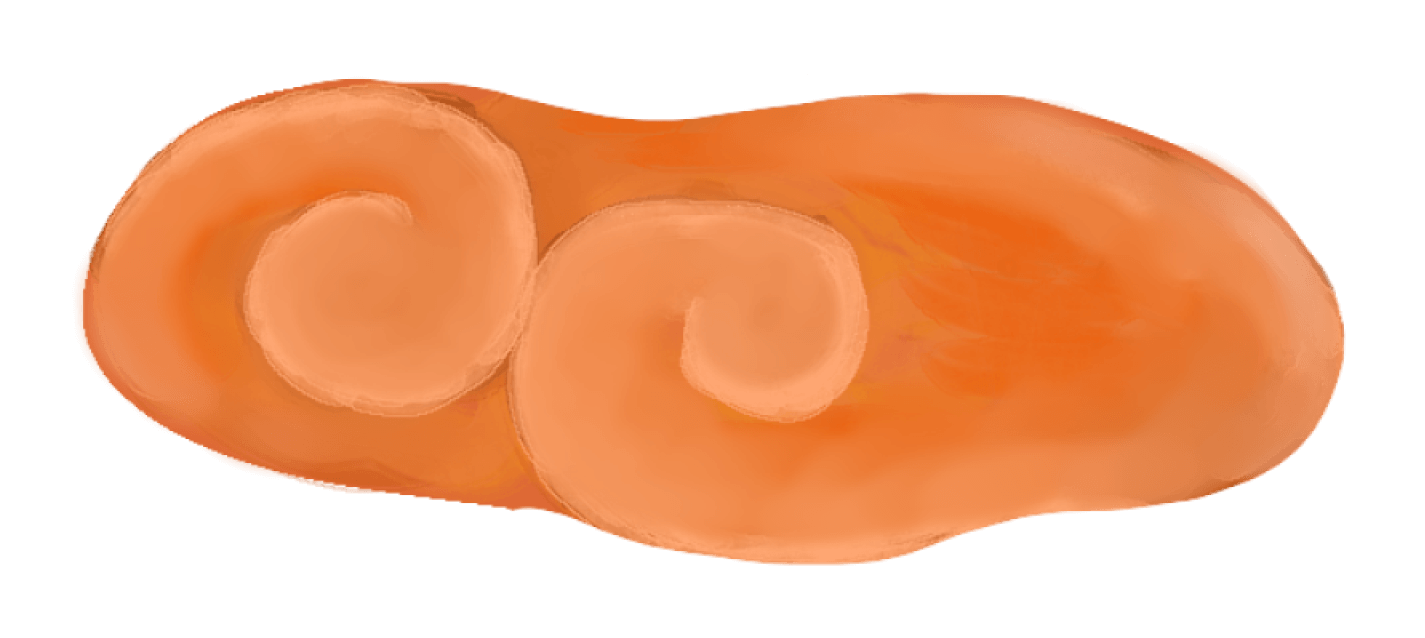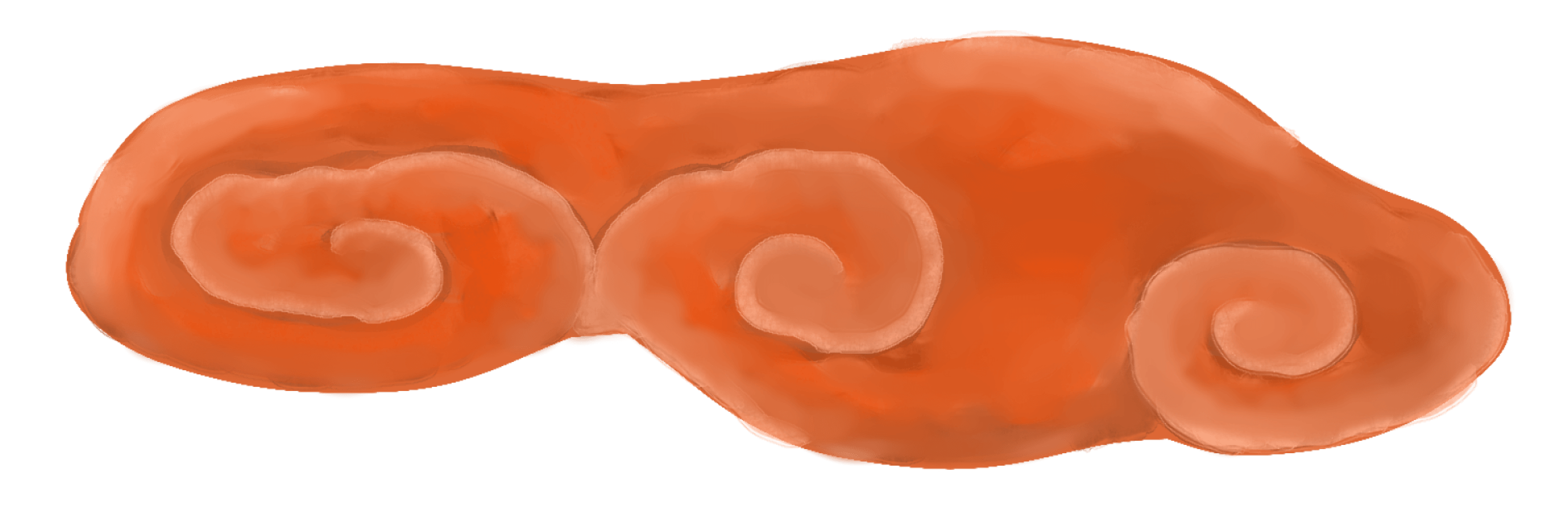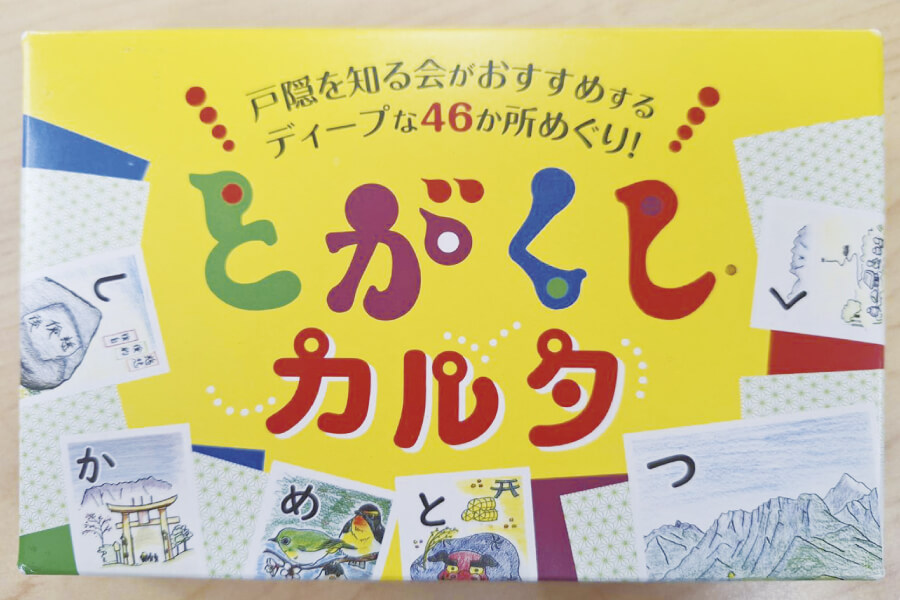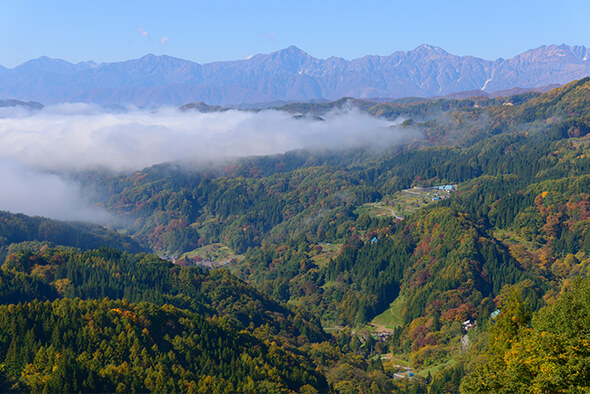A long time ago, there lived a man named Sasamaru, a descendant of a family that had been driven out of the capital, Kyoto. Unable to conceive a child, Sasamaru and his wife, Kikuyo, prayed to the Demon King of the Sixth Heaven and were granted a baby girl. That child was named “Kureha.”
With dreams of returning to the capital, Sasamaru took his wife and daughter to Kyoto. Kureha changed her name to “Momiji,” and with her exceptional beauty, she became the concubine of Minamoto no Tsunemoto. However, Momiji was soon accused of cursing Tsunemoto’s wife and was banished to Kinasa Village/Togakushi.
At first, Momiji lived happily with the villagers. However, over time her desire to return to the capital grew stronger, transforming her into a witch. After hearing of her infamy, the Imperial Court ordered General Taira no Koremochi to subdue her. After a long and fierce battle in Togakushi, Momiji was defeated. This story has been passed down through generations in Togakushi.
In contrast, villagers of Kinasa Village remember Momiji fondly as an educated and noble woman. The truth behind this mysterious legend may still lie dormant deep within the mountains to this day. So who really was Momiji? The answer to that question may yet be found at the very location of the legend.
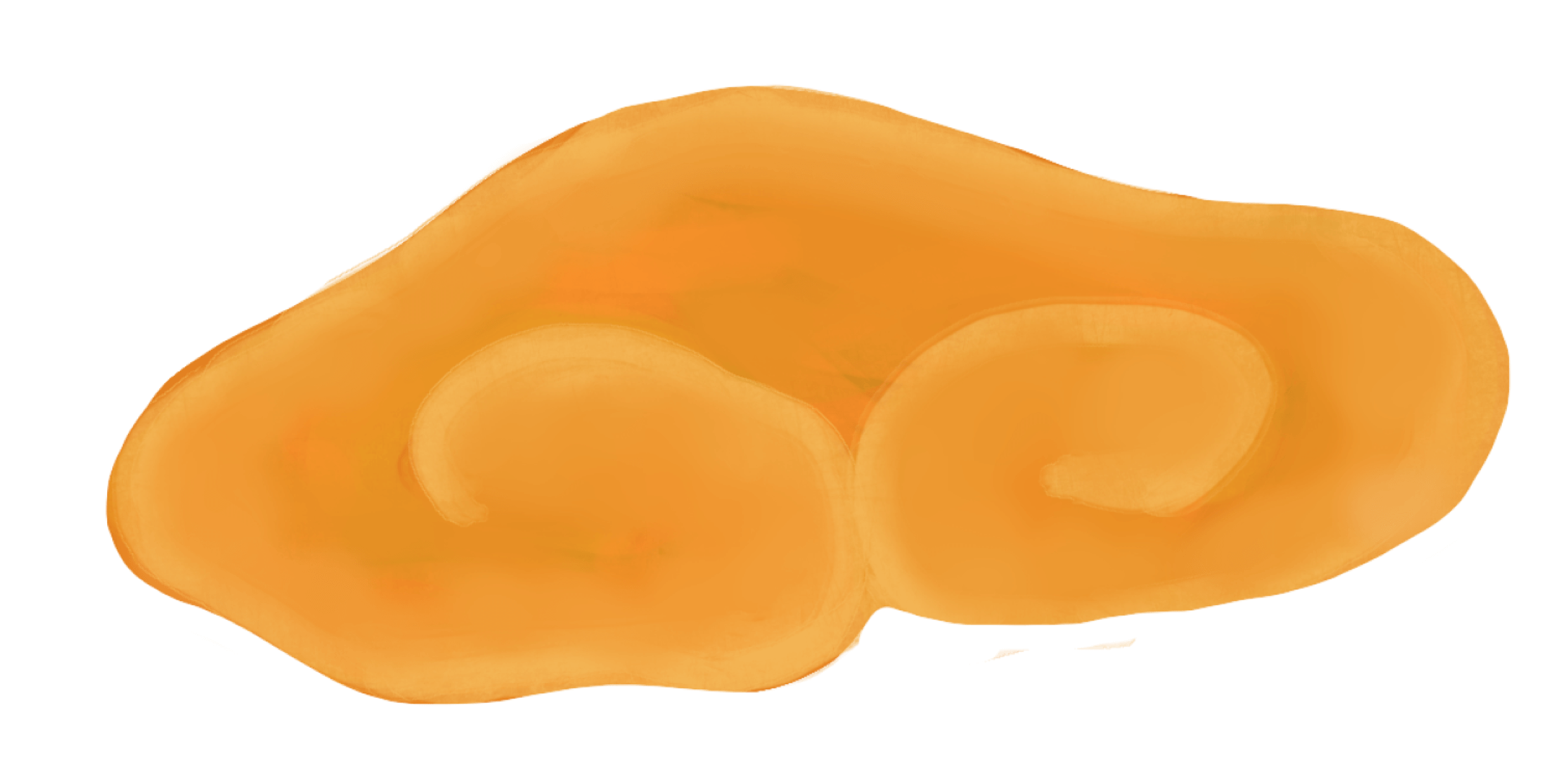
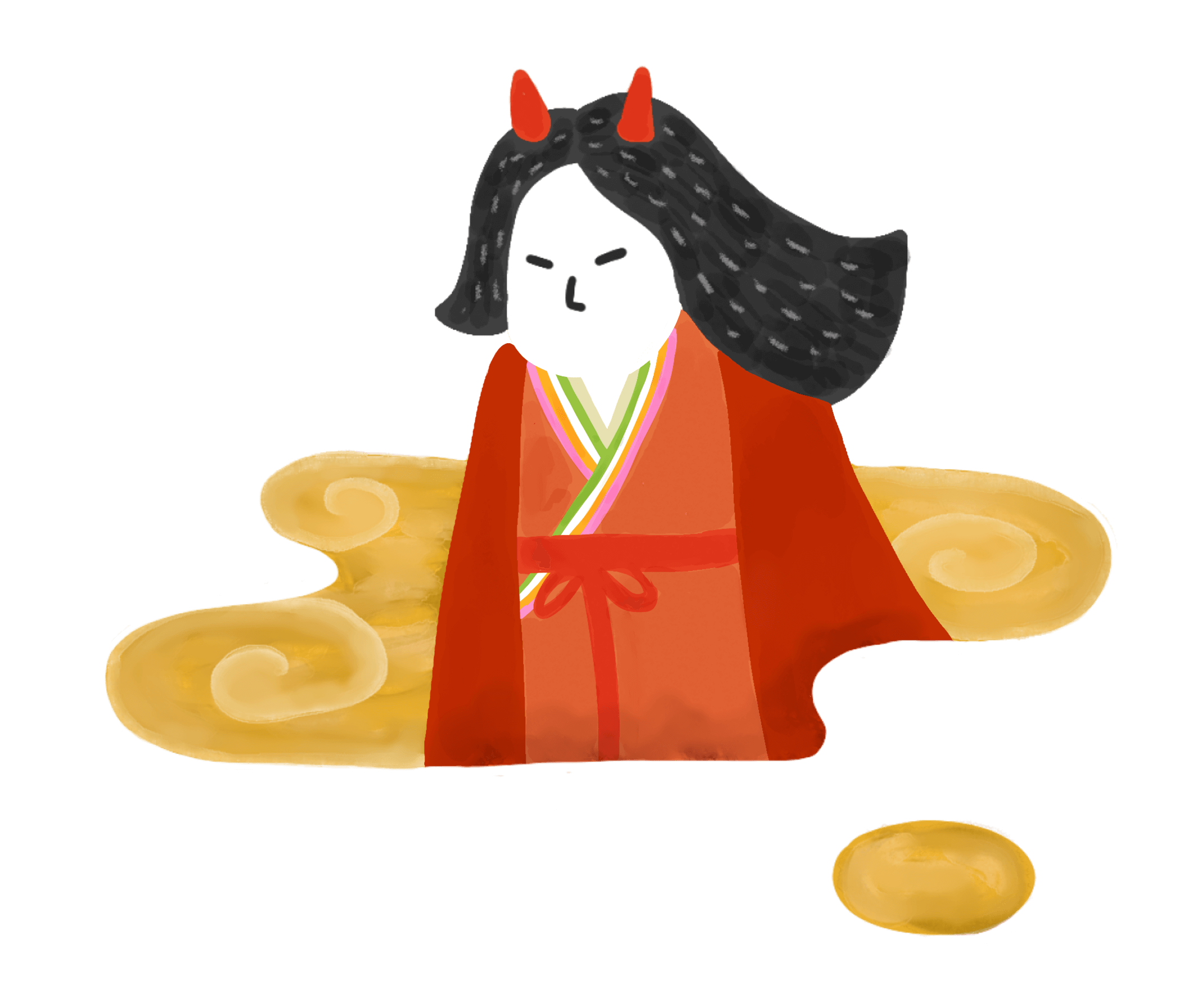
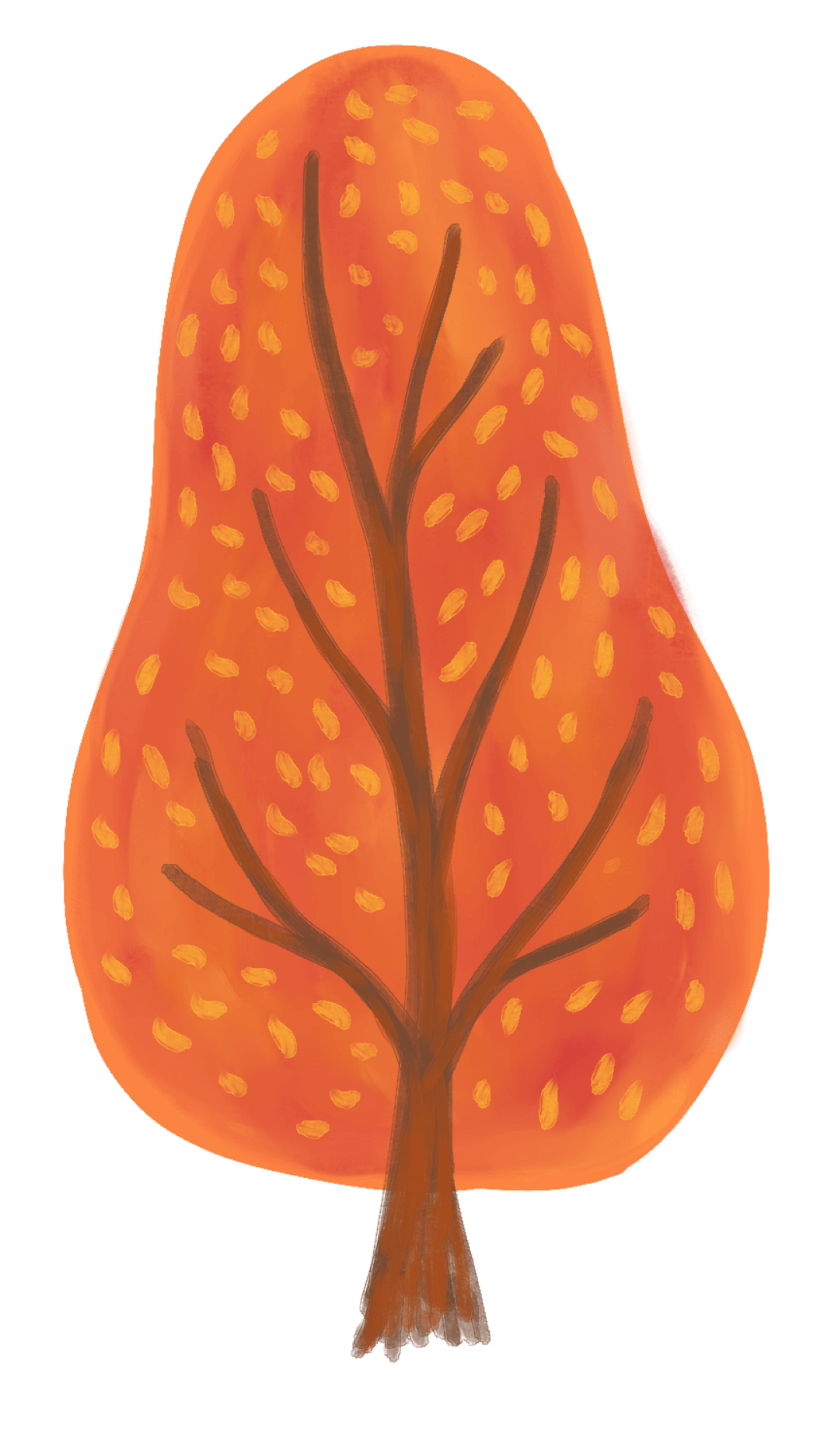
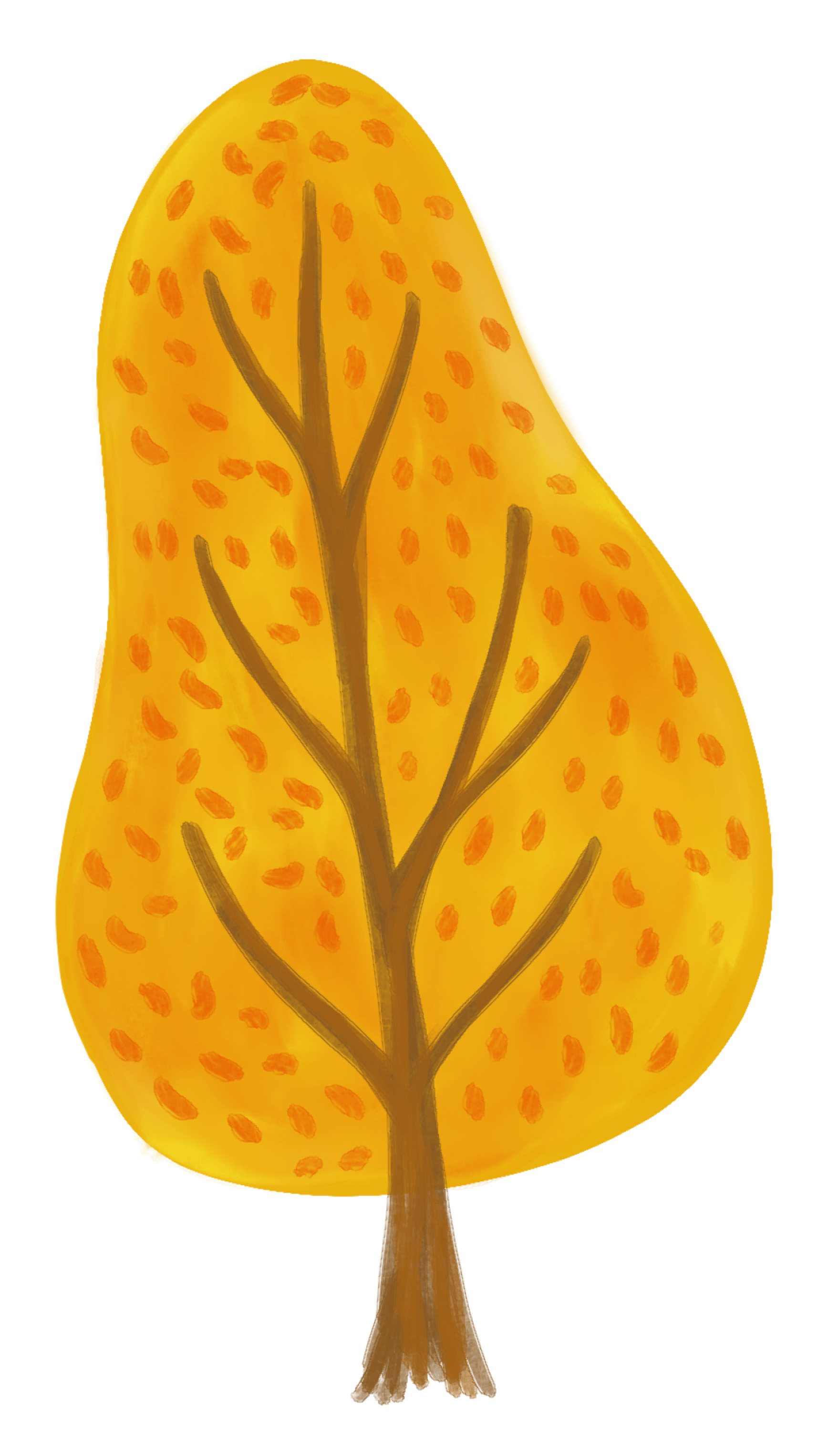

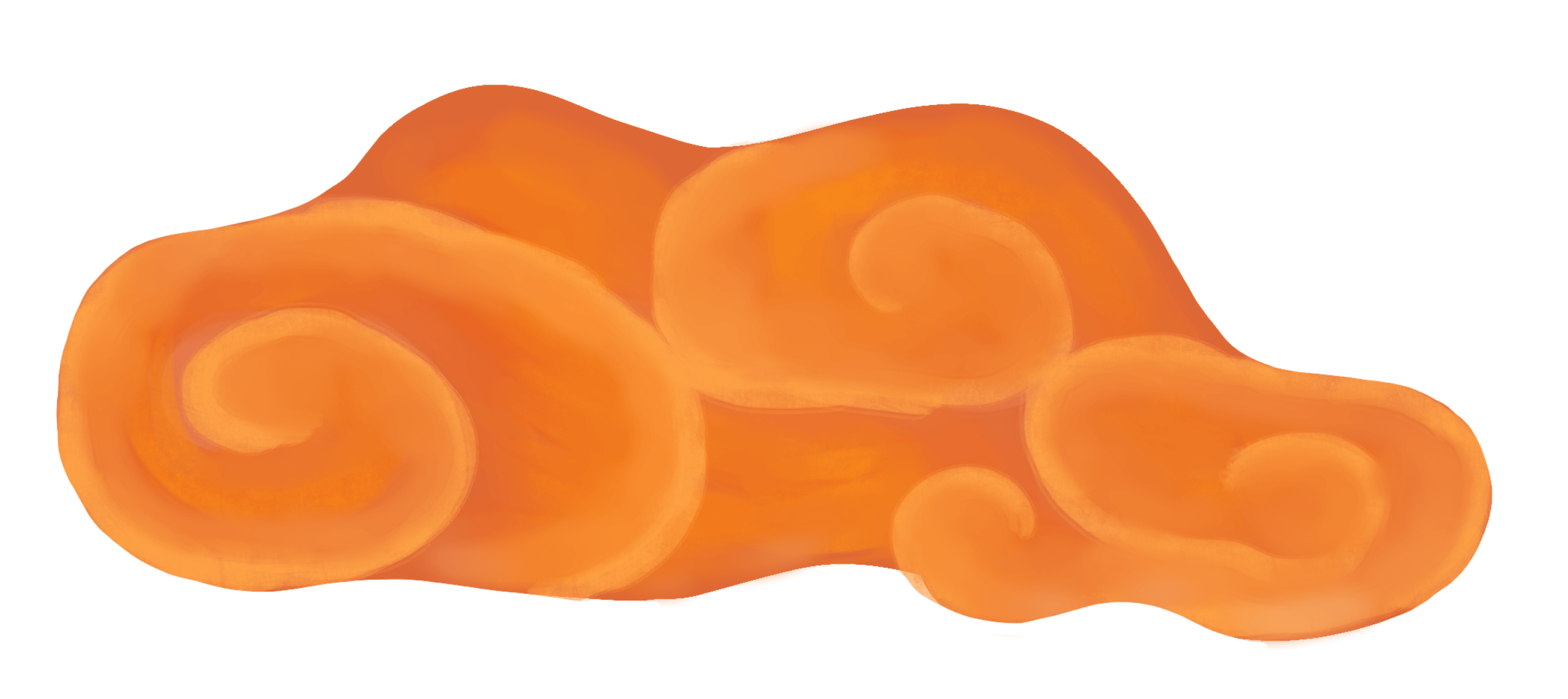
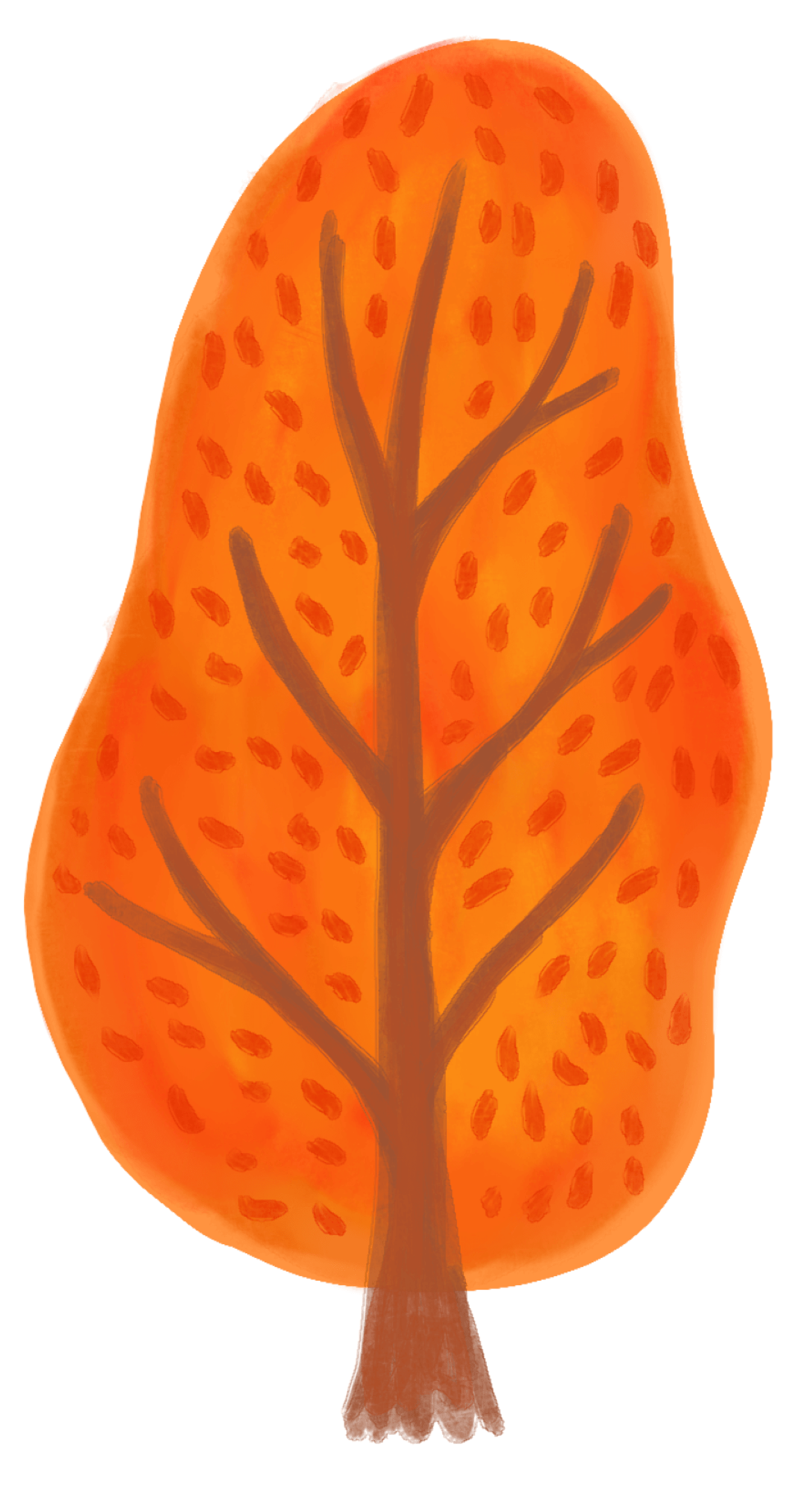
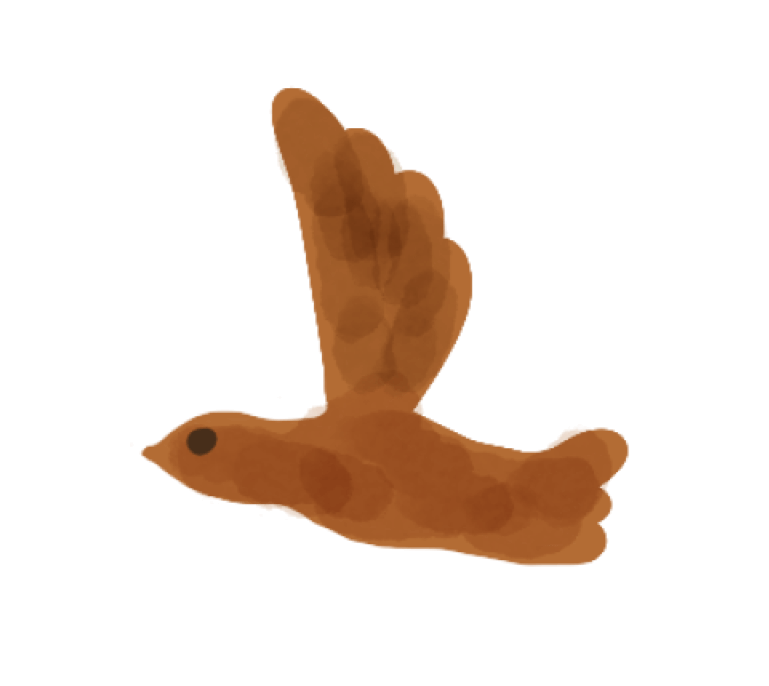


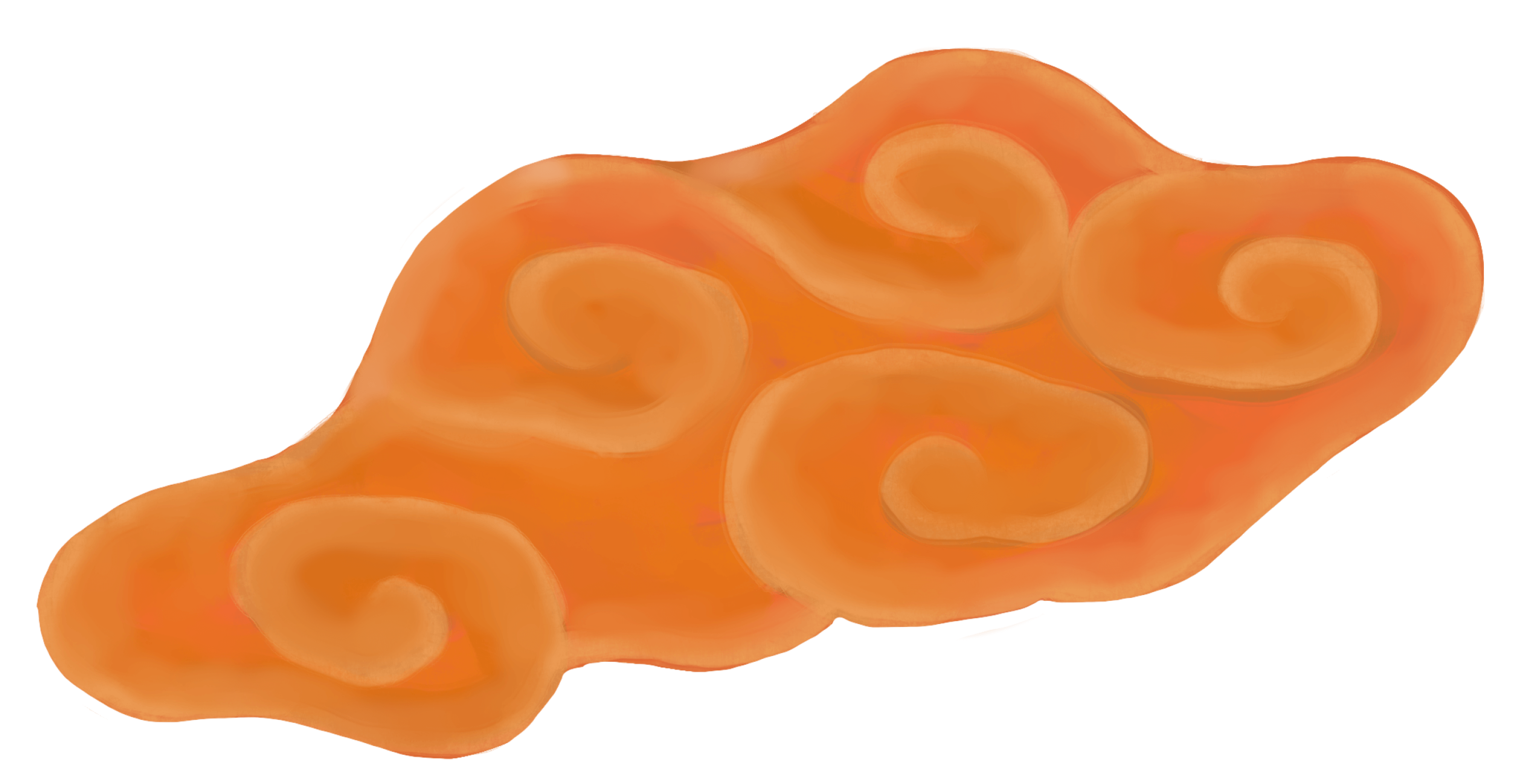
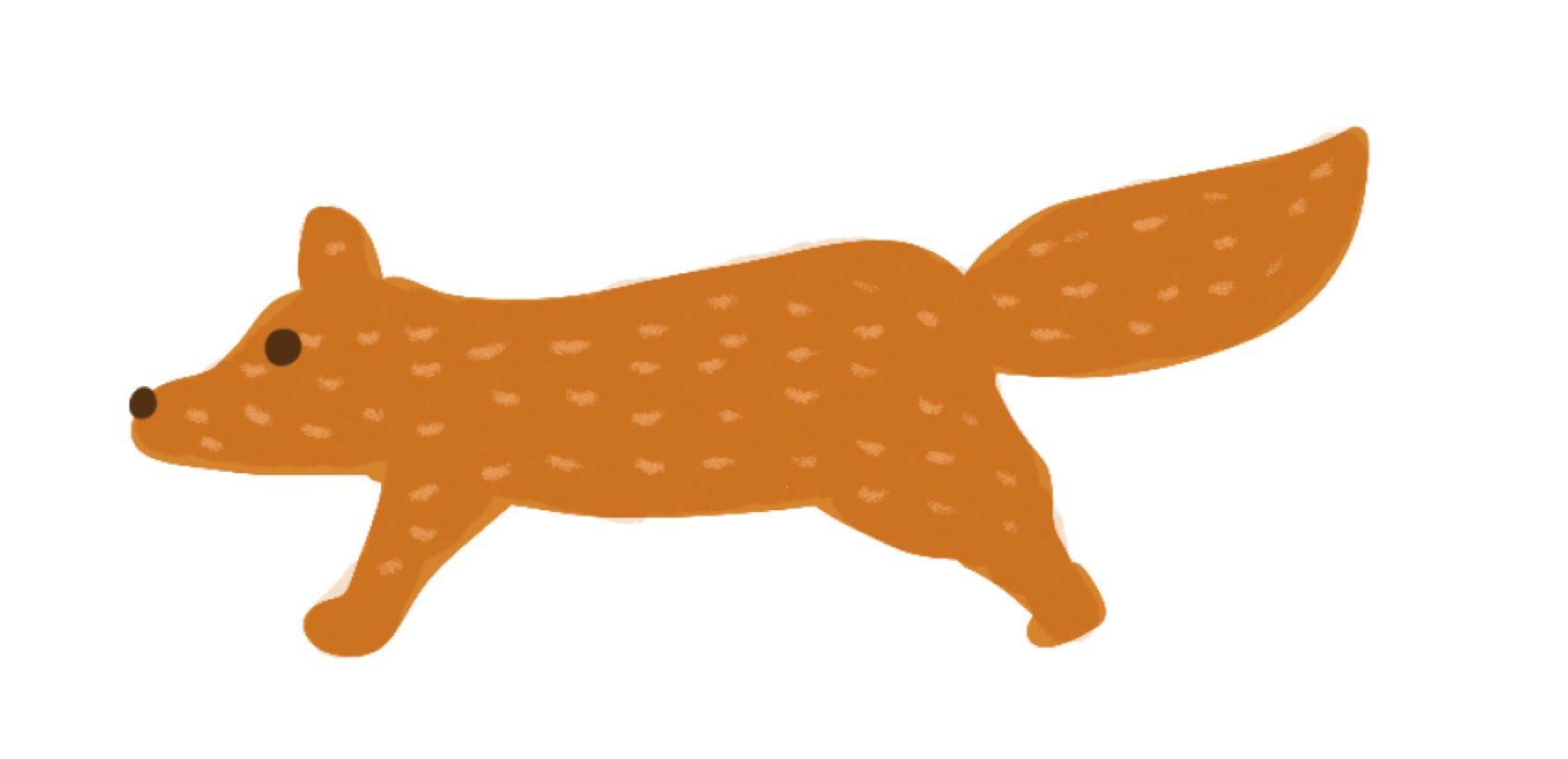
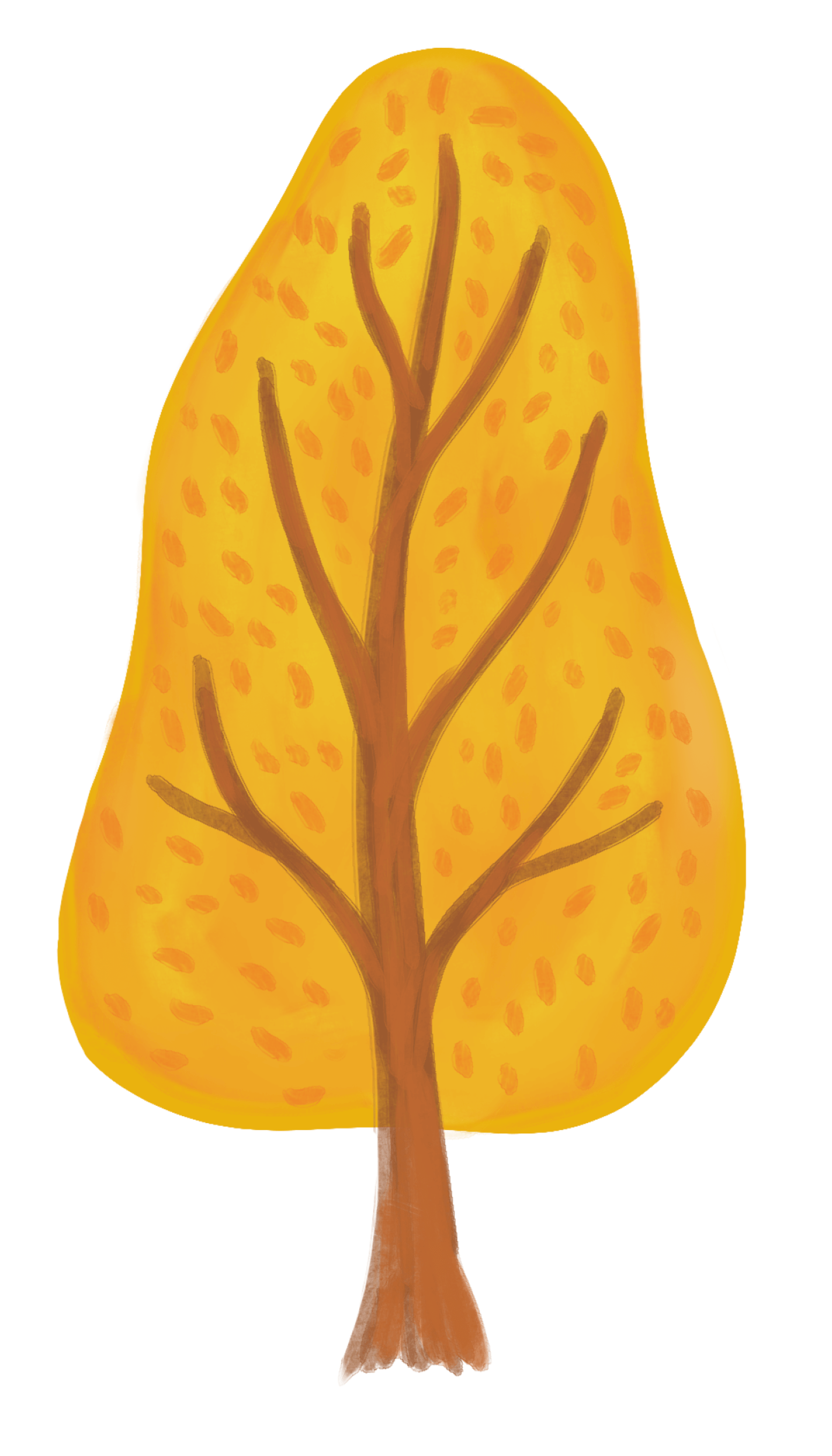


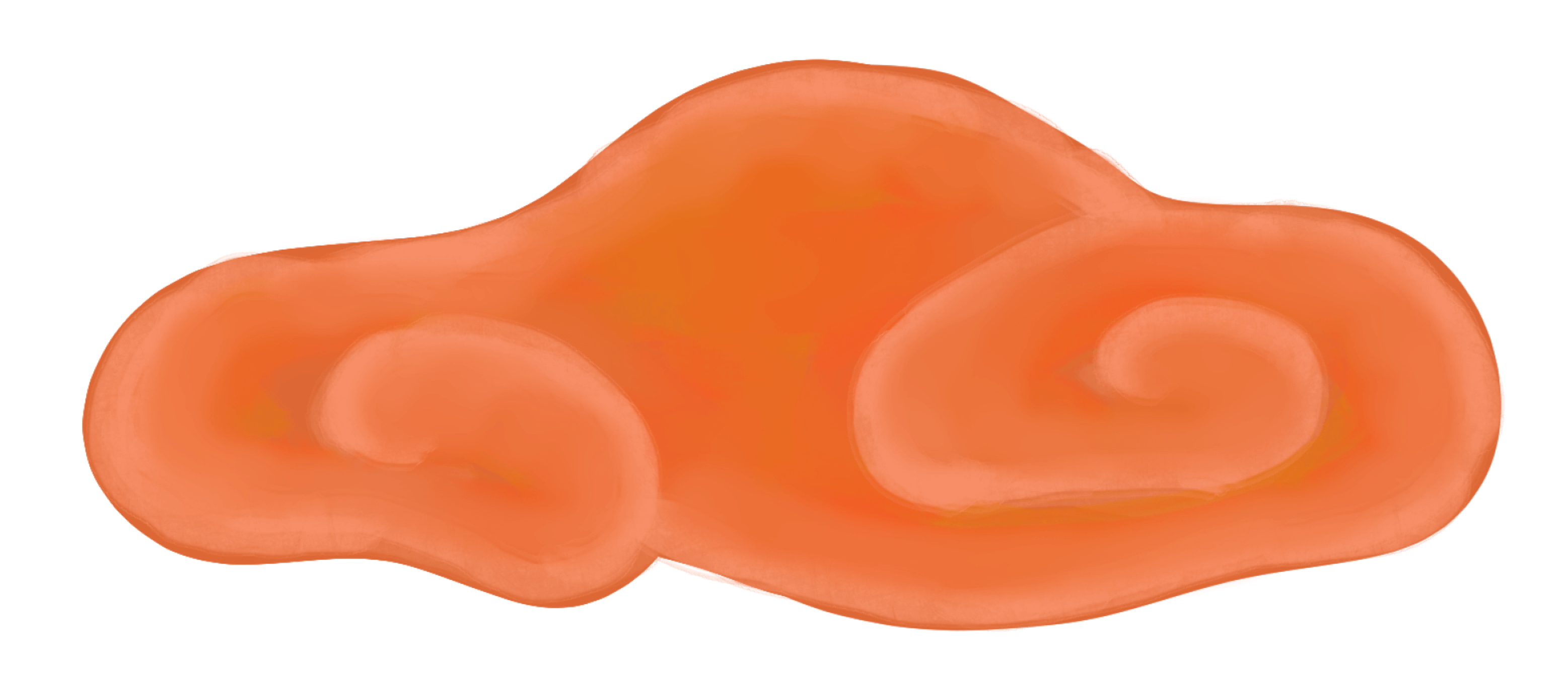

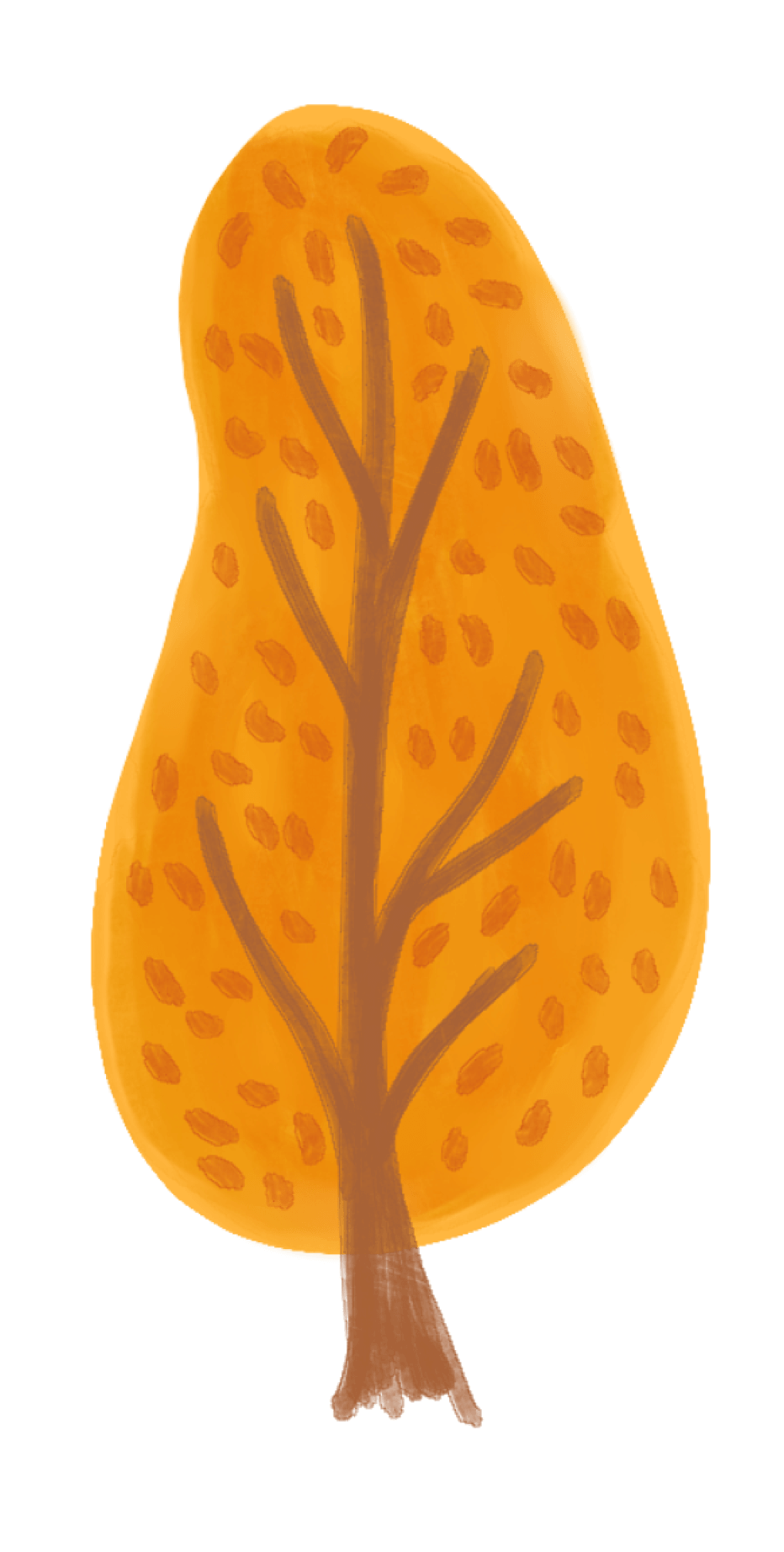
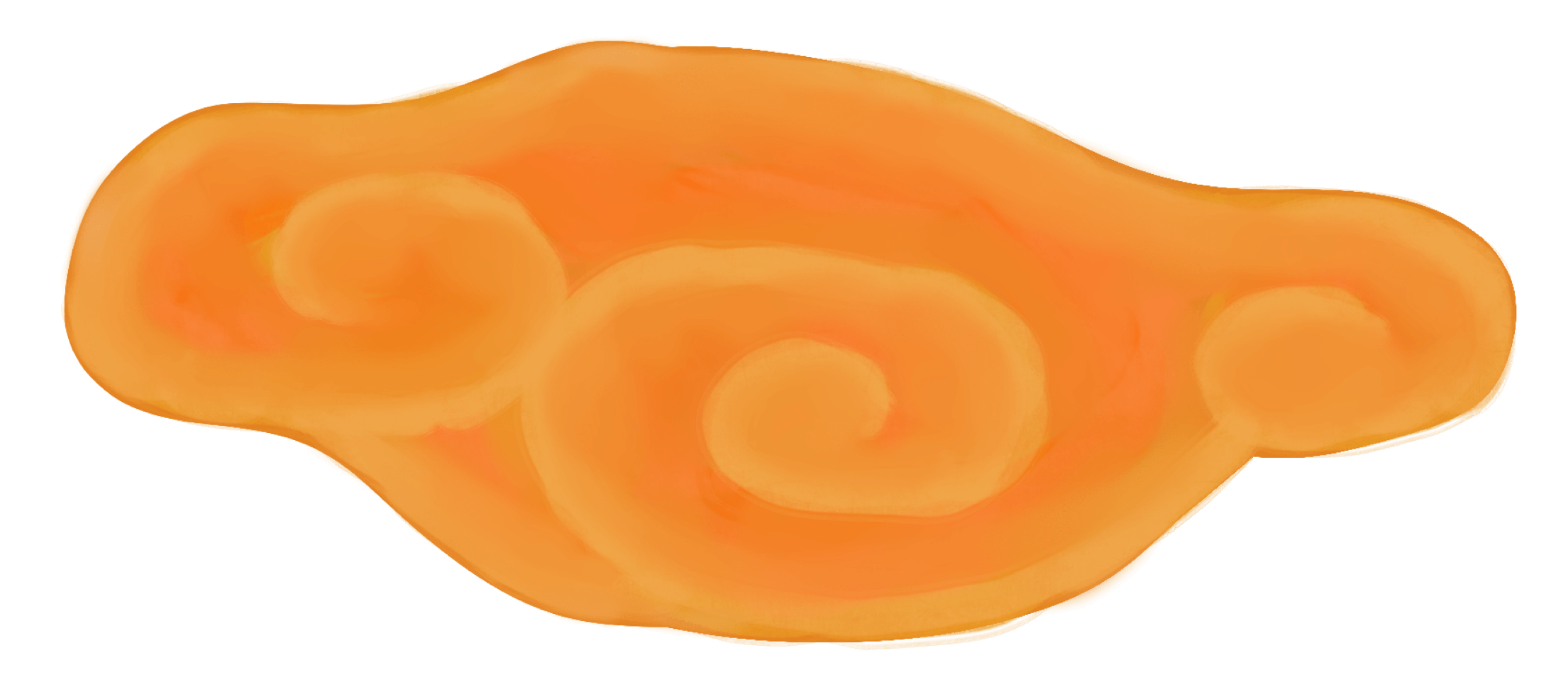

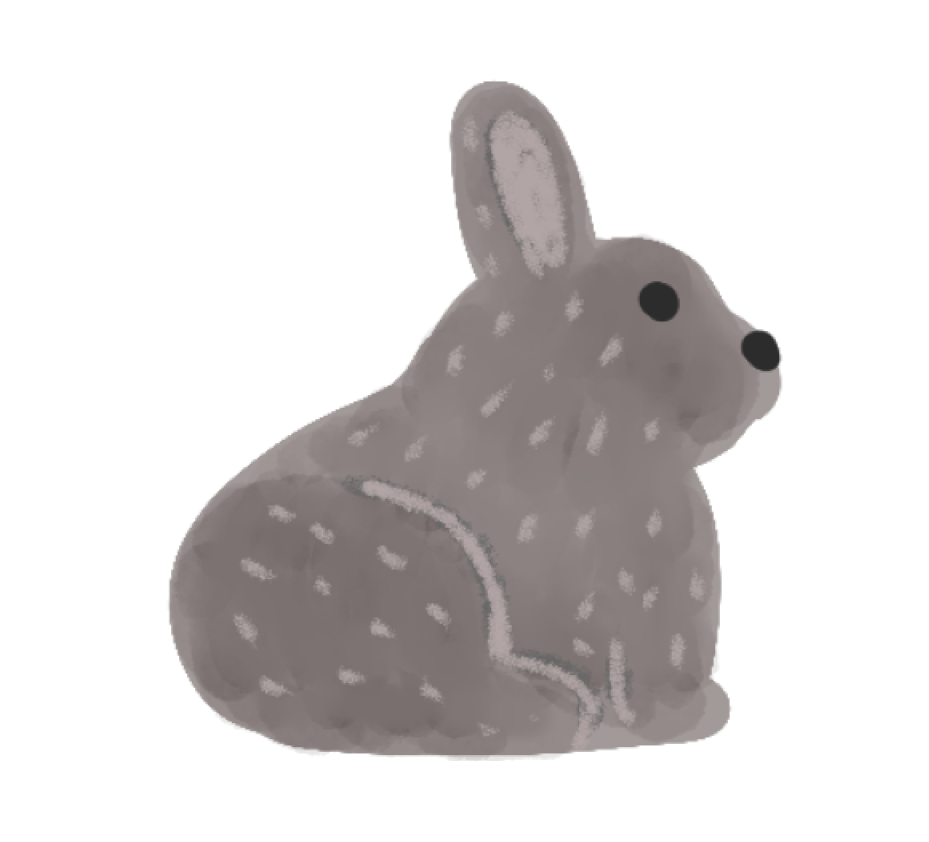
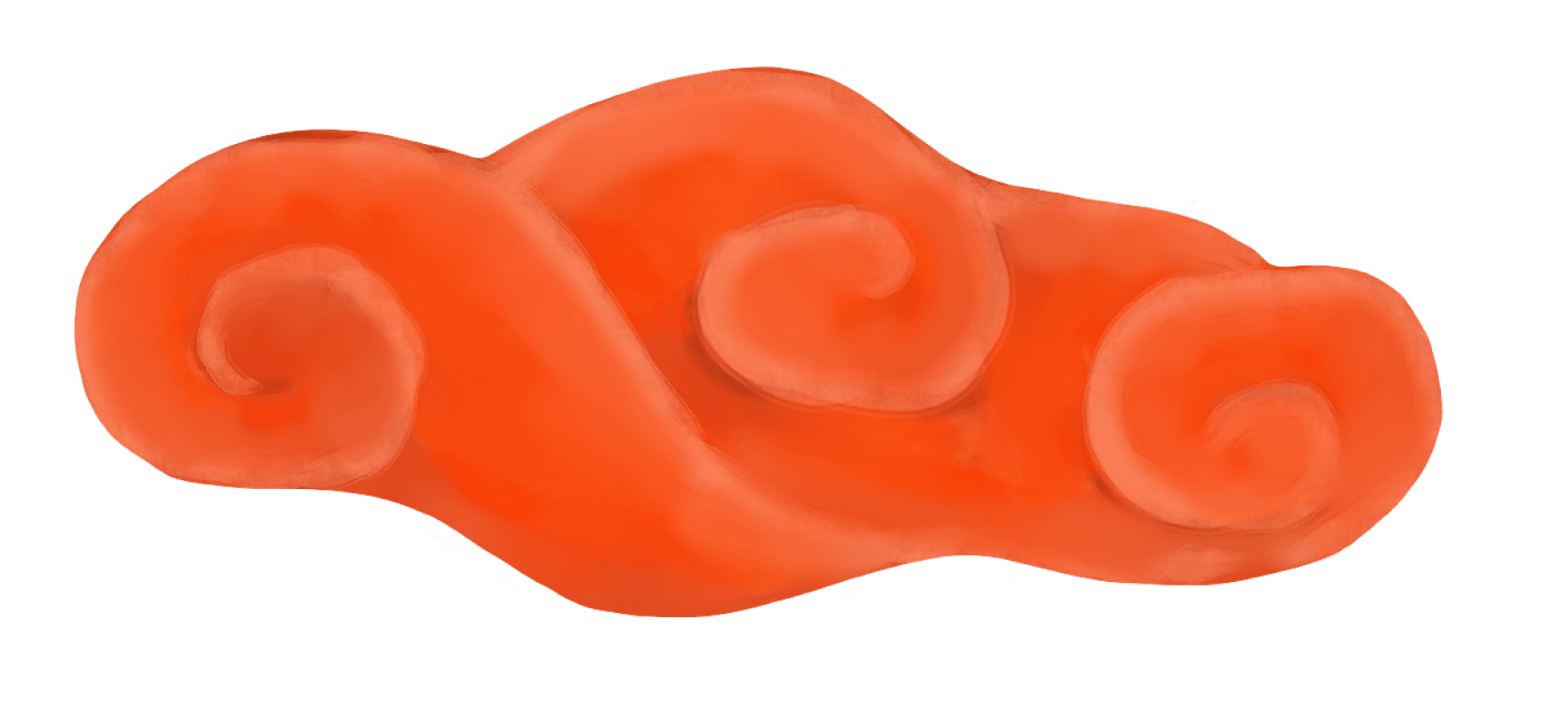
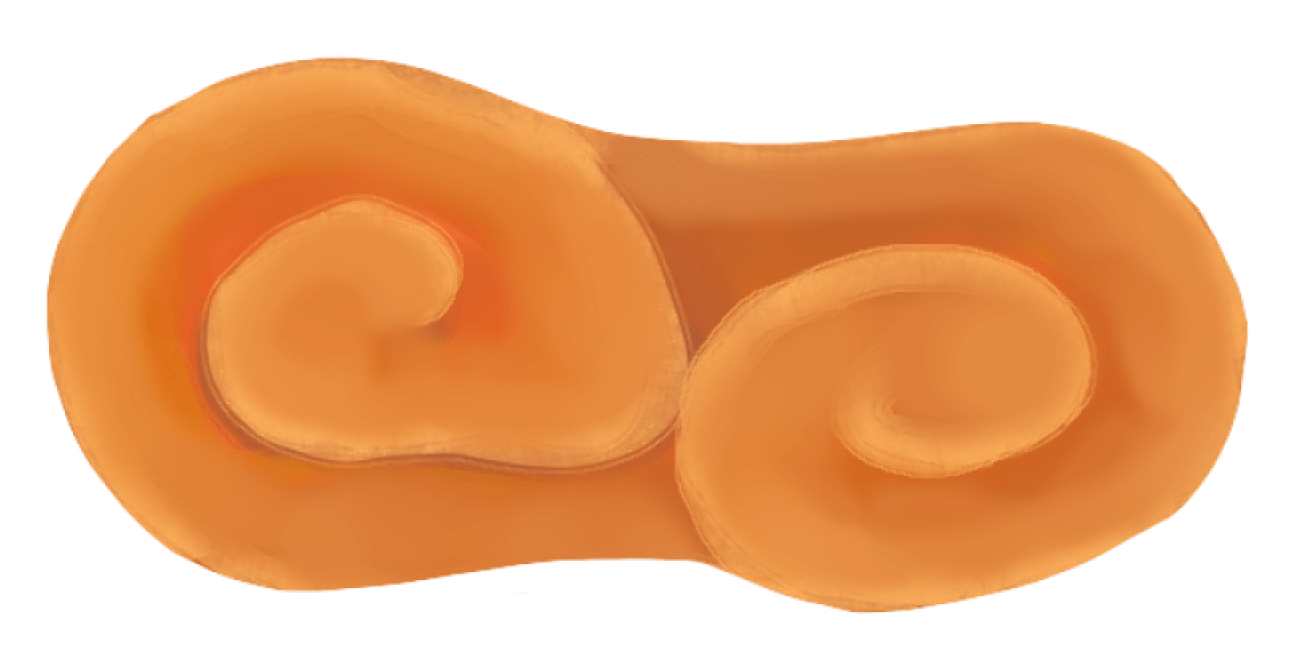
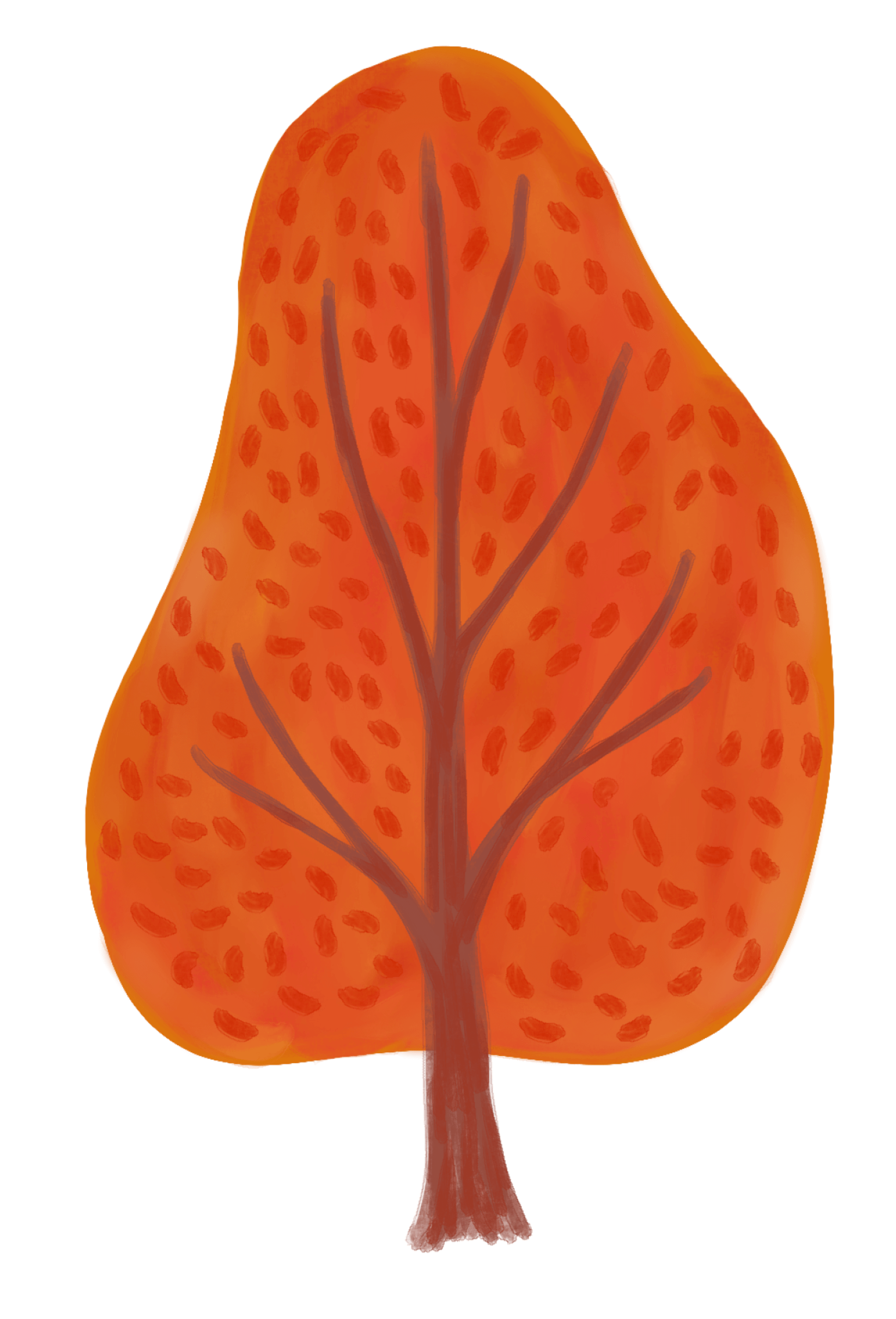
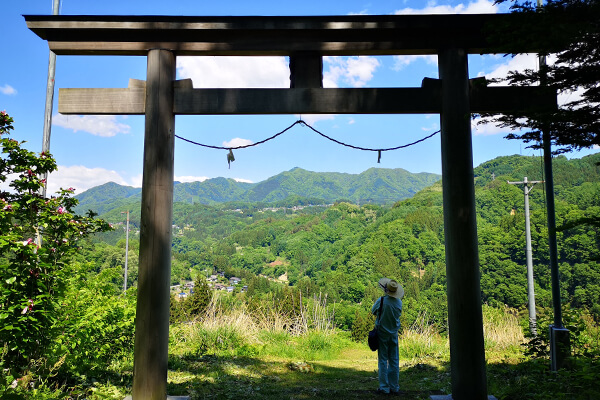
(Yamoto Shrine)
Koremochi, who traveled to Togakushi to defeat Momiji, used an arrow to find Momiji, who was using magic to hide. This shrine, also known as Yamoto Shrine, was built at the place where the arrow was shot. There’s a view of Shigarami Shrine, where the arrow is said to have landed, and Mt. Arakura, where Momiji was located. Inside the grounds, the “funbari” stone that Koremochi is said to have stood on when he shot his arrow still remains.
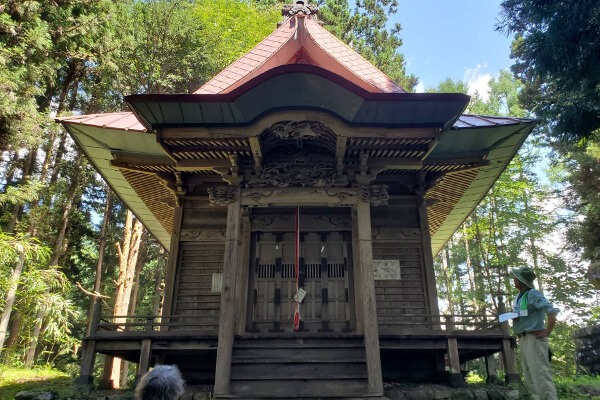
(Yasaki Shrine)
Shigarami Shrine is said to have been built at the location where the arrow, shot by Koremochi, landed. Because of this, it is often referred to as “Yasaki (Arrowhead) Shrine”. The shrine grounds are surrounded by dense trees, and a long, stone staircase leads to a splendidly carved shrine pavilion at the top. Within the grounds stands an inscribed stone monument, “Yogo Shogun Taira no Koremochi Momijigari,” that tells the legend of Momiji to this day.
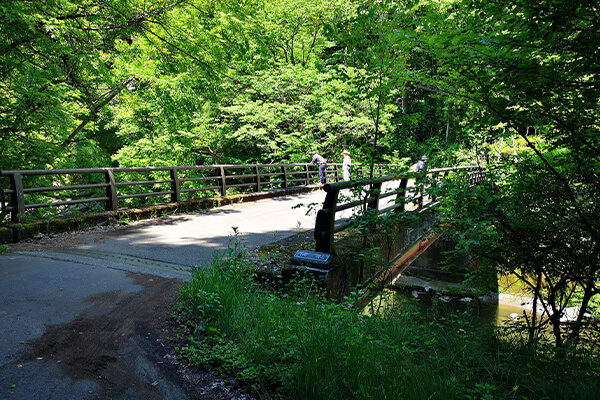
This bridge was built over the Susobana River in Doai Village. It stands at the place said to have obstructed the path of Koremochi as he followed the arrow he had shot to find Momiji. At that time, there wasn’t a bridge to cross the deep valley stream. It is said that Koremochi used a fallen tree like a fence lying down, and with some luck, he was able to cross the river. The name “Shigarami” (fence) stuck thanks to this historical event.
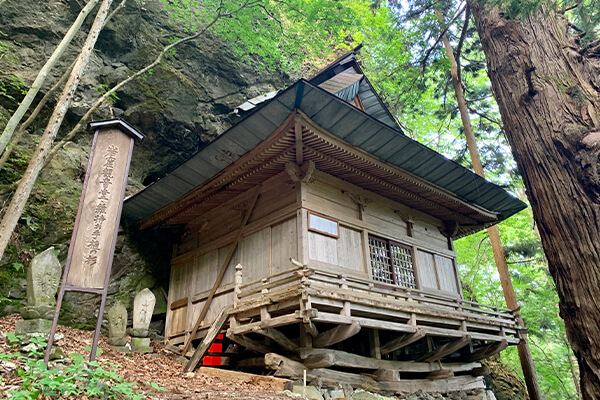
Situated on the mountain behind Tagashira Village, this temple features a unique structure due to it being built against the cliffside of a cavern. The building manages to maintain balance despite the cliff thanks to the skillful construction that was done to join it to the steep slope. In 2018, it was designated as a Tangible Cultural Property of Nagano City. In front of the temple stands a giant tree with a circumference of 8.6 m and a height of 45 m. Legend has it that Koremochi planted this tree before his battle with Momiji to pray for victory.
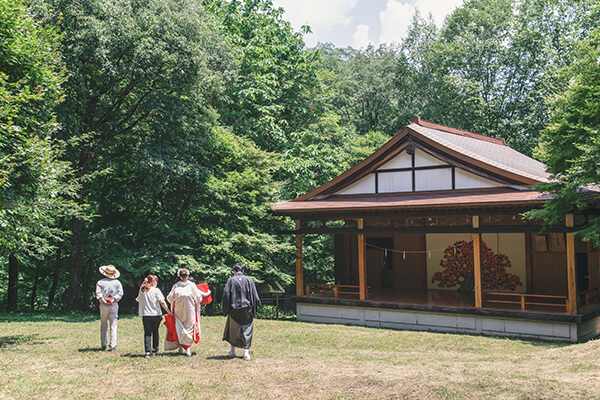
This camping ground is located at the base of Mt. Arakura at an elevation of 1,000 m and is surrounded by lush nature. Equipped with a variety of facilities, such as bungalows, kitchens, and goemon-buro (Japanese bath that’s heated from beneath). This location is great to use as a base if you’re interested in touring the historical sites of Momiji or trekking Mt. Arakura. There’s also a noh stage in the grounds where the Autumn Leaves Yukari Festival is held annually at the beginning of November. Reservations are required to use the camping ground (contact Togakushi Branch Office of the Chamber of Commerce and Industry 026-254-2541). Rental of the noh stage is possible upon reservation (contact North Industrial Promotion Office 026-254-2324).
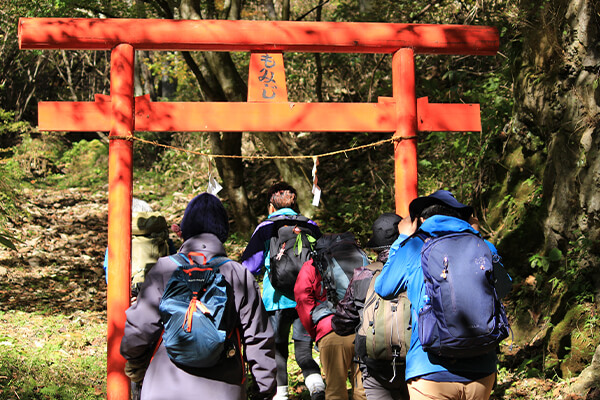
On the way to Iwaya, there are many spots that remind us of the life of Momiji. There are places associated with this legend, such as the stage rock and the cosmetic water of Momiji.
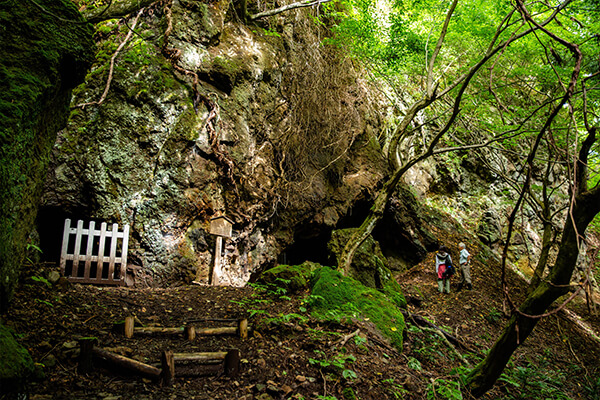
(Mt. Arakura)
This cave, situated halfway up the mountainside of Mt. Arakura, extends across Togakushi and Kinasa Village. It is said that Momiji lived here when she was sent to the Togakushi/Kinasa Village area. Of the two caverns that line the sheer cliff, the smaller, deeper one is said to have been the headquarters. This cave is about an hour walk away from the Arakura Camping Ground entrance and about a 5 min walk from the parking spaces near Ryuko Tunnel.
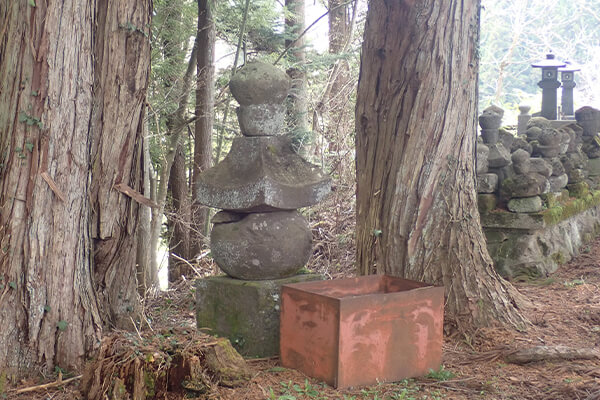
(Burial Mound of the Demon)
This burial mound is said to be the grave of Momiji. According to legend, Momiji was defeated during her fight with Koremochi, and her head was buried here. At the top of the burial mound stands a solemn gorinto (five-part gravestone) with a late Kamakura period design. In the vicinity are tens of smaller gorinto that are believed to be tombs of Momiji’s subordinates. This is a short 5-min walk from Shigarami Shrine, situated on a slightly elevated hill.
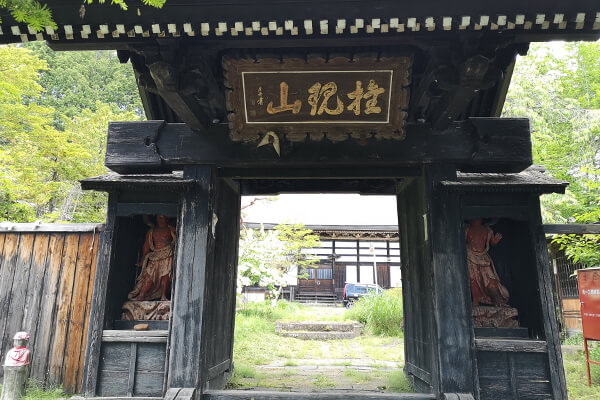
Daishoji Temple is a Buddhist temple of the Soto school that is famously known as the family temple of Momiji. It stands peacefully surrounded by a tranquil landscape of paddy fields. There’s a Buddhist mortuary tablet enshrined to both Momiji and Koremochi, along with a picture scroll depicting Momiji’s fall, which corresponds to the lyrics of a noh song and has been passed down as a temple treasure. Additionally, a memorial tower dedicated to both Momiji and Koremochi stands within the temple grounds. A giant tree, known as “Chinju no Oosugi,” stands at the entrance to the road that leads to the temple.
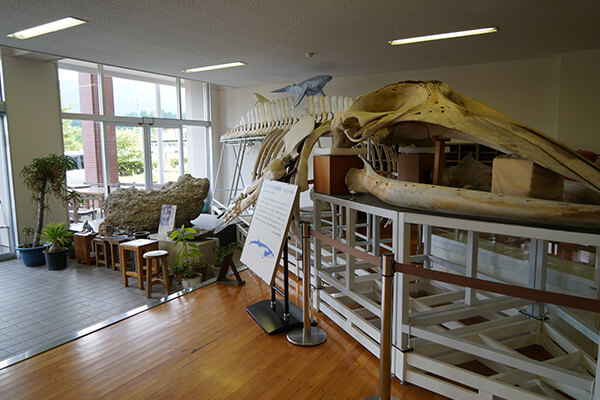
If you want to know more about Togakushi, then the best place to go is the museum. The museum is located inside a former school building that still retains that appearance to this day. Here, you can learn about Togakushi from a scientific viewpoint, including, of course, the legend of Momiji, natural history, geology, and much more.
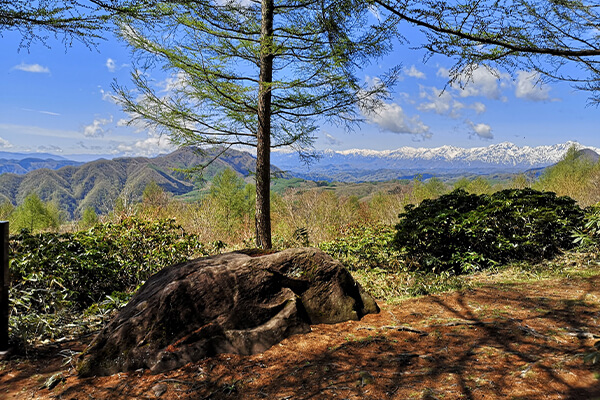
After Momiji lost to Koremochi, Oman, a follower of Momiji, fled and saw her reflection in the water collected in a large hollow in a stone. Upon seeing her reflection, she vowed to convert to religion. After her conversion, Oman used the stone's water to help grind ink, which she then used to practice penmanship diligently. Even to this day, the stone remains well-liked and is known as the “Suzuri (Ink) Stone.” It still stands along the old road from the Chusha Shrine to Kagami Pond. This location also offers an observation point for the Northern Alps and Mt. Arakura.
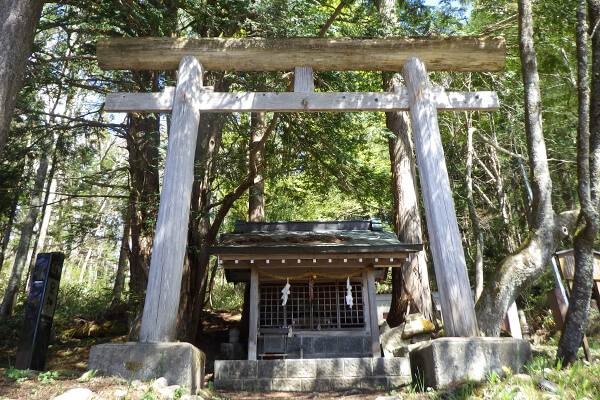
This shrine, located in the Chusha area, is dedicated to Oman, who was a follower of Momiji. Due to the association of Oman being a good walker, it continues to be worshipped as a guardian deity for the protection of legs and hips. After being defeated by Koremochi in battle, Oman became a Buddhist nun in this area, spending her days in repentance. It is said that she ultimately took her own life. The shrine was built in mourning for her death, and it is affectionately known by the locals as "Ashigami-san" (the God of Legs).
